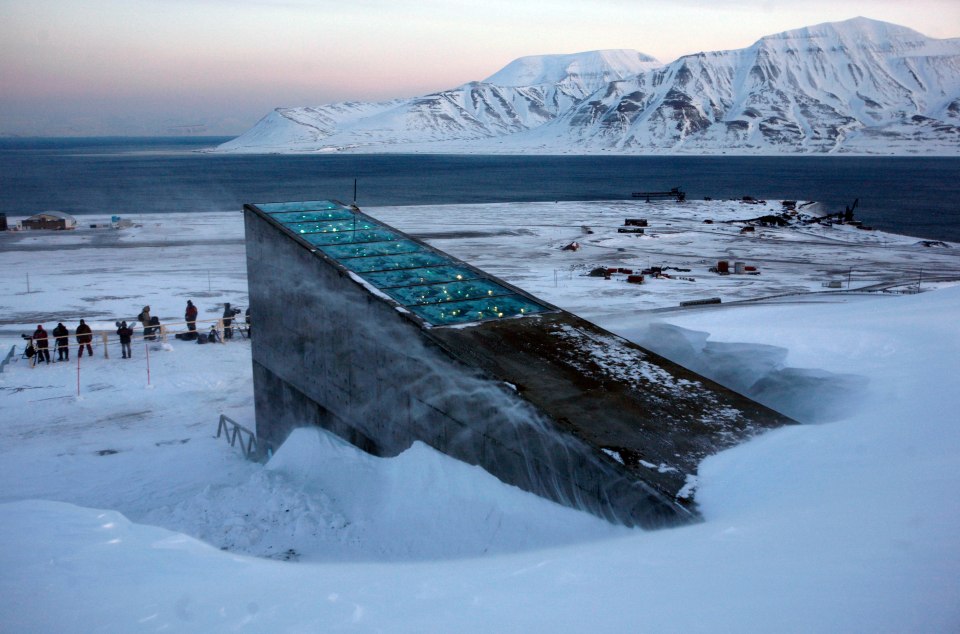A “DOOMSDAY vault” has received a new delivery of crop seeds to preserve forever if the Earth is wiped out by a nuclear war.
The Svalbard Global Seed Vault is located 430 feet down, deep inside a mountain on the remote Norwegian Arctic island.
AP:Associated PressThe vault is located deep inside a mountain in Svalbard, Norway[/caption]
Alamy14,000 seed samples arrived at the vault today[/caption]
This vault is located 430 feet down, deep in the mountain
The vault was set up in 2008 as the ultimate backup plan for the world’s food, and protects plants from all external destruction, like war and disease.
It contains more than 1.3 million seeds from around the world, with 14,000 more samples arriving today.
Today’s delivery includes seeds of Nordic tree species from Sweden and rice from Thailand, according to the Crop Trust.
Executive Director of the Crop Trust Stefan Schmitz said: “The seeds deposited this week represent not just biodiversity, but also the knowledge, culture and resilience of the communities that steward them.”
The vault is not open to tourists and can only be visited as part of an organised trip to the entrance with guides.
The only exception to this is if you are bringing an offering.
The vault’s chambers are only opened three times a year to limit the seeds’ exposure to the outside world.
The seeds are stored in custom-made foil packages inside sealed boxes on the shelves inside the vault.
Temperatures inside the vault sit around -18 degrees Celsius which, alongside limited access to oxygen, can prevent the seeds from ageing.
Executive director of the Crop trust, Marie Haga, said in an interview with TIME magazine earlier this year: “There are big and small doomsdays going on around the world every day.
“Genetic material is being lost all over the globe.”
The vault played a critical role in restoring damaged seed collections in Syria between 2015 and 2019, when the country was ravaged by war.
But the vault’s purpose isn’t just to preserve old and contemporary strains of plants – but to give scientists the building blocks to create new ones, if necessary.
The vault contains enough genetic diversity and DNA to develop new strains that will grow in a future where Earth might be really hot, or really cold, or really dark.
AP:Associated PressThe vault is not open to tourists and can only be visited as part of an organised trip to the entrance with guides[/caption]
AP:Associated PressThe vault’s chambers are only opened three times a year to limit the seeds’ exposure to the outside world[/caption]
AlamySeeds are stored in custom-made foil packages inside sealed boxes on the shelves inside the vault[/caption]

